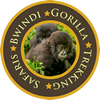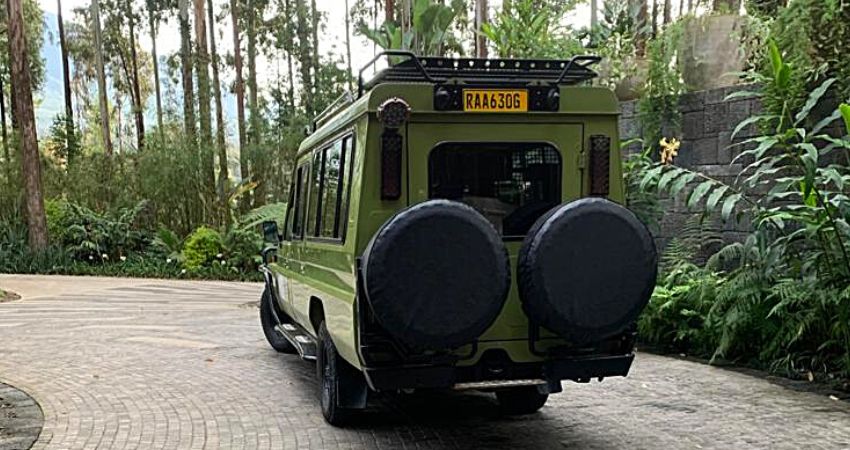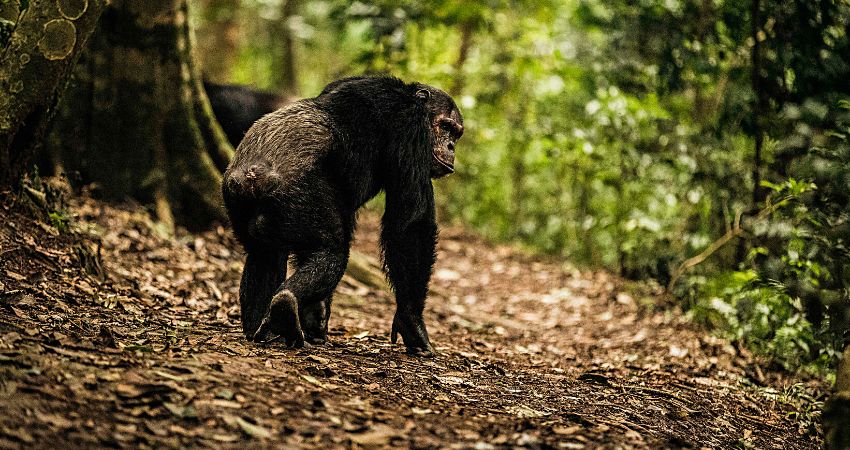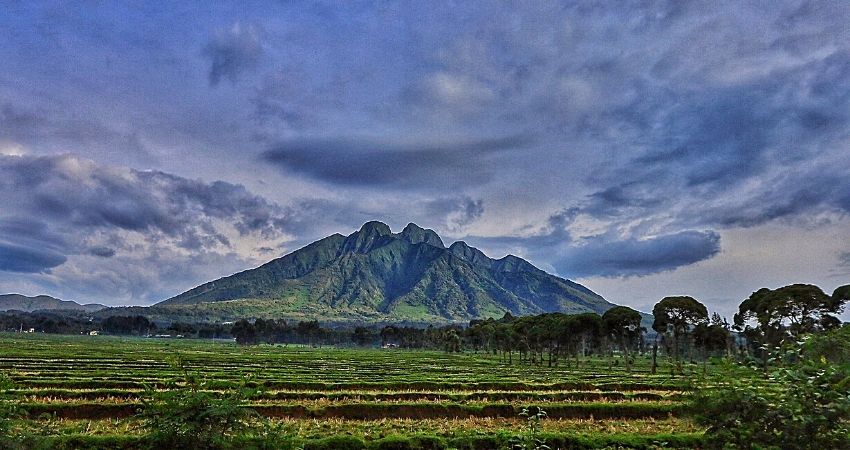Gorilla Tracking With Gorilla Doctors
Book your Gorilla tracking with gorilla doctors, travelers visiting Bwindi Impenetrable National Park have the once-in-a-lifetime opportunity of trekking mountain gorillas with one of the World’s most renowned Wildlife Veterinarians, primatologists, and gorilla conservationists. The 331-square-kilometer Bwindi is a haven for over half the World’s population of mountain gorillas in their natural habitat and to strengthen the protection of these Great Apes, the Conservation through Public Health (CTPH) came up with a unique package that provides personal and in-depth experiences as well as their research. BOOK NOW
It is now possible for visitors to enjoy exceptional Gorilla tracking experiences with Dr. Gladys Kalema-Zikusoka, a prominent Ugandan wildlife Veterinarian, primatologist, conservationist, and Co-founder of CTPH who has spent many years studying diseases that affect the endangered mountain gorillas and other wildlife species for more than two decades. She is sometimes referred to as the “Dian Fossey of Uganda” who won several awards for her wonderful works and achievements. Dr. Gladys Kalema is the recipient of the 2009 Whitley Gold Award, the Sierra Club Earth Care Award of 2018, and the National Geographic Explorer award of 2018. It therefore exciting for visitors to track mountain gorillas with such an outstanding individual while learning about her work and sharing her knowledge.
Just a stone’s throw from Bwindi Impenetrable National Park is Conservation through Public Health and Community Conservation Center (also referred to as the Gorilla Clinic) boasting a committed team of researchers who study these endangered Great Apes by analyzing fecal samples from these creatures, improve the livelihood of the local people and their Livestock that live around the fragile natural habitat of the mountain gorillas. The staff and team at CTPH as well as the Village Health and Conservation Centers are committed to sensitizing the local people on the values of conservation while at the same time improving their livelihood. In so doing, cases of clearing the mountain gorilla natural habitats and poaching have tremendously reduced. The local community members around Bwindi Impenetrable National Park can now understand the value of protecting mountain gorillas, evidenced by the improvement in their incomes and standards of living thus sustainability.
How much does it cost to track mountain gorillas with Dr. Gladys Kalema?
In addition to your gorilla trekking permit (that costs $700 per person for foreign non-residents, $600 per person for foreign residents, or Shs. 250,000 per person for East African Community residents), you will need to pay for Dr. Gladys Kalema’s Gorilla permit that costs $1000 per group and this includes accommodation and guiding fees in Buhoma sector. However, the above cost doesn’t include her return flight (to and from Bwindi/Kihihi) by Aerolink which costs $500. However, if you opt for gorilla trekking with any other Conservation through Public Health staff, you will be charged only $100 per group for guiding fees only. While Uganda Gorilla Tracking with Dr. Gladys Kalema or any other CTPH Staff is slightly more expensive than a normal gorilla trek, it is worthwhile. You will therefore be required to book accommodation for her and/or any other staff within Bwindi Impenetrable National Park except if it is within the Northern sector of Buhoma.
How to book your Gorilla tracking with gorilla doctors
You will be required to buy gorilla permits, which are only issued by Uganda Wildlife Authority. You will need to book in advance to check availability for the dates you are interested in. Also, Dr. Gladys should be available for the required dates.
When is the best time to enjoy Gorilla Tracking with Dr. Gladys Kalema?
The best time to enjoy Gorilla Tracking with Dr. Gladys Kalema-Zikusoka is during the dry months of December to February and June to September when rainfall levels are lower and forest trails are wonderful for trekkers. While the weather is milder during the wet months of March to May and October to November, there are wonderful chances of sighting these Great Apes and treks will go on as planned regardless of the rains.



